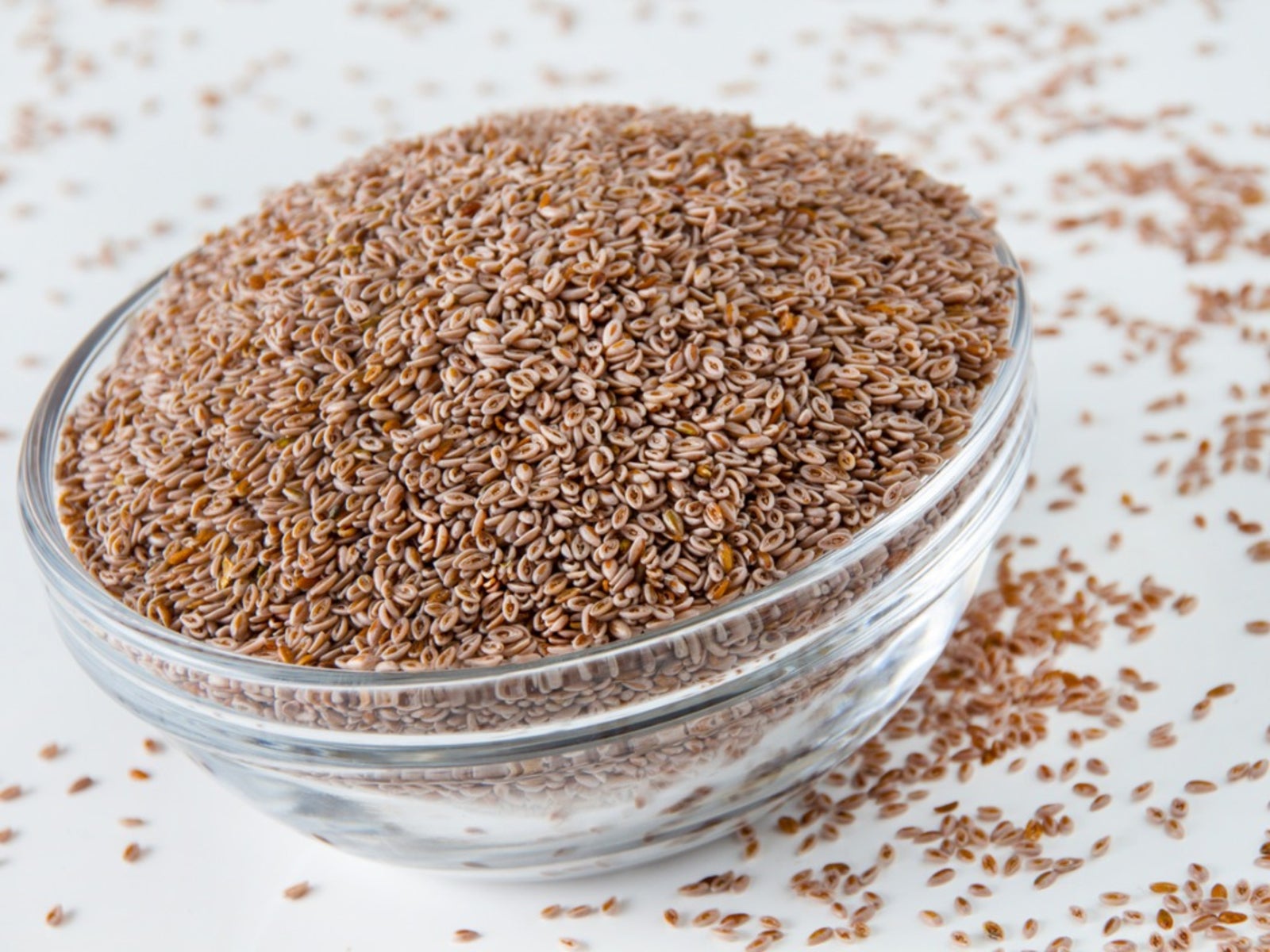Psyllium Plant Information – Learn About Desert Indianwheat Plants


Psyllium is in the plantain family. It is native to Mediterranean Europe, Africa, Pakistan, and the Canary Islands. The seeds from the plant are used as a natural health additive and have been found to have some benefits in reducing cholesterol. Also known as Desert Plantago and Desert Indianwheat plants, their stiff little flower spikes develop into sheaves of seeds much like the wheat plant. These are harvested and used traditionally in medicine and, more recently, in modern health applications. Read on to learn more about Psyllium Indianwheat plants.
Psyllium Plant Information
Desert Indianwheat plants (Plantago ovata) are annuals that grow wild, like weeds. They are also cultivated in Spain, France, and India. The leaves are used much like spinach, either raw or steamed. The mucilaginous seeds are also used to thicken ice cream and chocolate or sprouted as part of a salad. The plants are low growing, 12 to 18 inches (30.5-45.5 cm.) tall, herbaceous, and have a white flower spike. A profitable bit of Pysllium plant information for the pharmaceutical industry is that each plant can produce up to 15,000 seeds. Since these are the cash cow of the plant, this is good news, as is the fact that the plant is easy to grow.
Can You Grow Psyllium Plants?
Indianwheat plants are considered a weed for nothing. These plants grow in any soil, even compacted areas. In cooler regions, start seeds indoors, six to eight weeks before the last expected frost. In warm regions without freezing temperatures, begin outside when night temperatures warm up to at least 60 degrees F. (18 C.). Sow the seed ¼ inch (6 mm.) deep and keep the flat lightly moist. Place the flat in full sun or on a heat mat to facilitate germination. Harden off indoor seedlings when temperatures are warm, and no freezing is expected, and plant in a prepared garden bed in full sun.
Psyllium Plant Uses
Psyllium is used in many common laxatives. It is gentle and highly effective. The seeds contain high levels of fiber and are very mucilaginous. Along with plenty of water, the seeds can be a useful addition to some diets. There are several other medicinal applications under study, such as the ability to assist in diabetic diets and lower cholesterol. In addition to the Psyllium plant uses in food listed above, the plant has been used as a clothing starch. The seeds are also being studied to use as an agent that helps retain water in newly seeded lawns and as a transplant assistant for woody plants. Psyllium has been used successfully for centuries by many cultures and medical practitioners. That said, it is always a good idea to consult your doctor before attempting to self-medicate, even with natural time-honored herbs. Disclaimer: The content of this article is for educational and gardening purposes only. Before using ANY herb or plant for medicinal purposes, please consult a physician or a medical herbalist for advice.
Gardening tips, videos, info and more delivered right to your inbox!
Sign up for the Gardening Know How newsletter today and receive a free copy of our e-book "How to Grow Delicious Tomatoes".

Bonnie Grant is a professional landscaper with a Certification in Urban Gardening. She has been gardening and writing for 15 years. A former professional chef, she has a passion for edible landscaping.
-
 Looking For Plants To Give You The Soft And Fuzzies? Try These 5 Fuzzy Leaf Plant Options
Looking For Plants To Give You The Soft And Fuzzies? Try These 5 Fuzzy Leaf Plant OptionsLovers of texture, drama, silver foliage and tactile plants will adore these special sensory garden additions. These fuzzy leaf plant options will leave you all aglow
By Susan Albert
-
 Get Ready For A Summer Of Hummers! Grow These Full Sun Hummingbird Plants and Flowers
Get Ready For A Summer Of Hummers! Grow These Full Sun Hummingbird Plants and FlowersIf you’re lucky enough to enjoy a sunny backyard, make sure you are maxing out on your pollinator opportunities and grow these full sun hummingbird plants and flowers
By Tonya Barnett